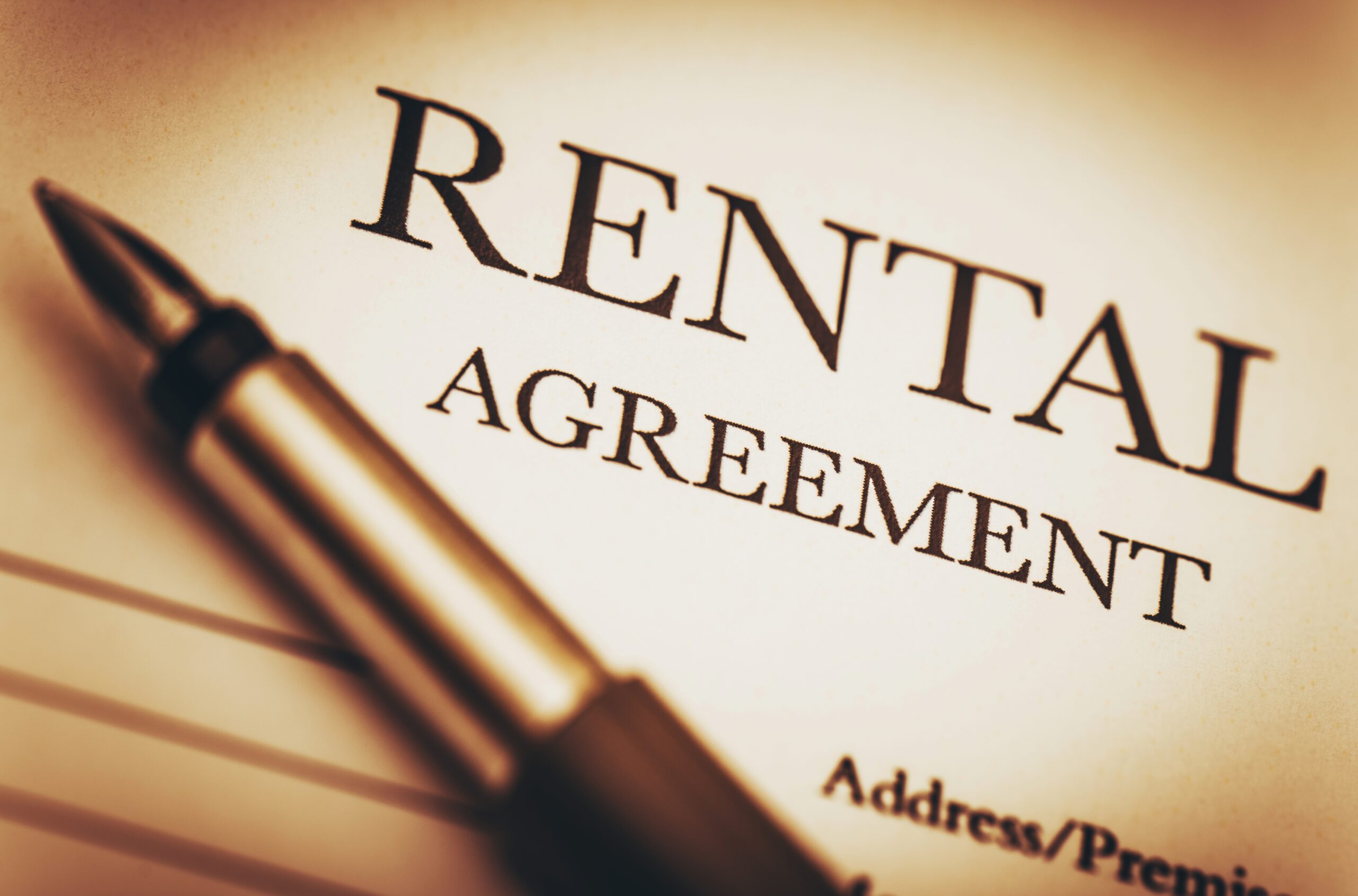New York City’s rent stabilization laws are among the most complex and far-reaching in the country. Designed to protect tenants from steep rent increases and ensure housing stability, these regulations create a unique set of responsibilities—and limitations—for property owners. If you own or manage a residential rental property in NYC, understanding the basics of rent stabilization is essential for staying compliant, avoiding costly penalties, and making informed business decisions.
What Is Rent Stabilization?
Rent stabilization covers approximately one million apartments in NYC. Buildings constructed between 1947 and 1974 with six or more units generally fall under these laws, although new developments receiving certain tax benefits—like the now-expired 421-a or J-51—may also be temporarily rent stabilized. Unlike rent control, which is far less common, rent stabilization allows for regular rent increases set annually by the Rent Guidelines Board (RGB) and provides tenants with the right to lease renewals.
Key Regulations for Property Owners
1. Rent Increases Are Regulated
Each year, the RGB sets allowable rent increases for one- and two-year lease renewals. For example, in recent years, increases have ranged from 1% to 3%, depending on economic conditions. Landlords cannot raise rents beyond these limits, even if market conditions suggest higher value.
2. Lease Renewal Is Mandatory
Stabilized tenants have the right to renew their lease, typically for one or two years. Failure to offer a timely renewal can lead to legal action and financial penalties. Keeping track of renewal deadlines and terms is critical.
3. Major Capital Improvements (MCIs)
While landlords can apply for rent increases to recover the cost of significant building-wide improvements—such as new boilers, roofs, or elevators—these increases must be approved by the Division of Housing and Community Renewal (DHCR). The 2019 Housing Stability and Tenant Protection Act (HSTPA) placed stricter caps and limits on MCI rent increases, making them less financially impactful than in the past.
4. Strict Recordkeeping and Registration
Every rent-stabilized apartment must be registered annually with DHCR. Property owners are also required to maintain detailed rent histories and provide tenants with rent registration documents upon request. Errors or omissions can lead to overcharge claims or regulatory penalties.
5. Deregulation Is Limited
Prior to 2019, units could be removed from rent stabilization under certain conditions, such as when rents exceeded a legal threshold or after high-income tenants vacated. However, the HSTPA eliminated these provisions. Now, almost all rent-stabilized apartments remain regulated indefinitely unless a building is converted to condominiums or co-ops under specific circumstances.
Best Practices for Owners
- Stay informed about annual RGB adjustments and legislative changes.
- Use property management software to track lease dates, rent history, and registration filings.
- Consult legal professionals who specialize in NYC housing law before initiating renovations, buyouts, or non-renewals.
- Engage with DHCR proactively to resolve disputes or clarify compliance requirements.
Conclusion
Owning a rent-stabilized building in NYC involves more than just collecting rent—it requires a deep understanding of tenant rights, rent regulations, and compliance obligations. By staying informed and organized, property owners can protect their investments, remain in good legal standing, and build long-term tenant relationships in one of the most highly regulated housing markets in the U.S.

